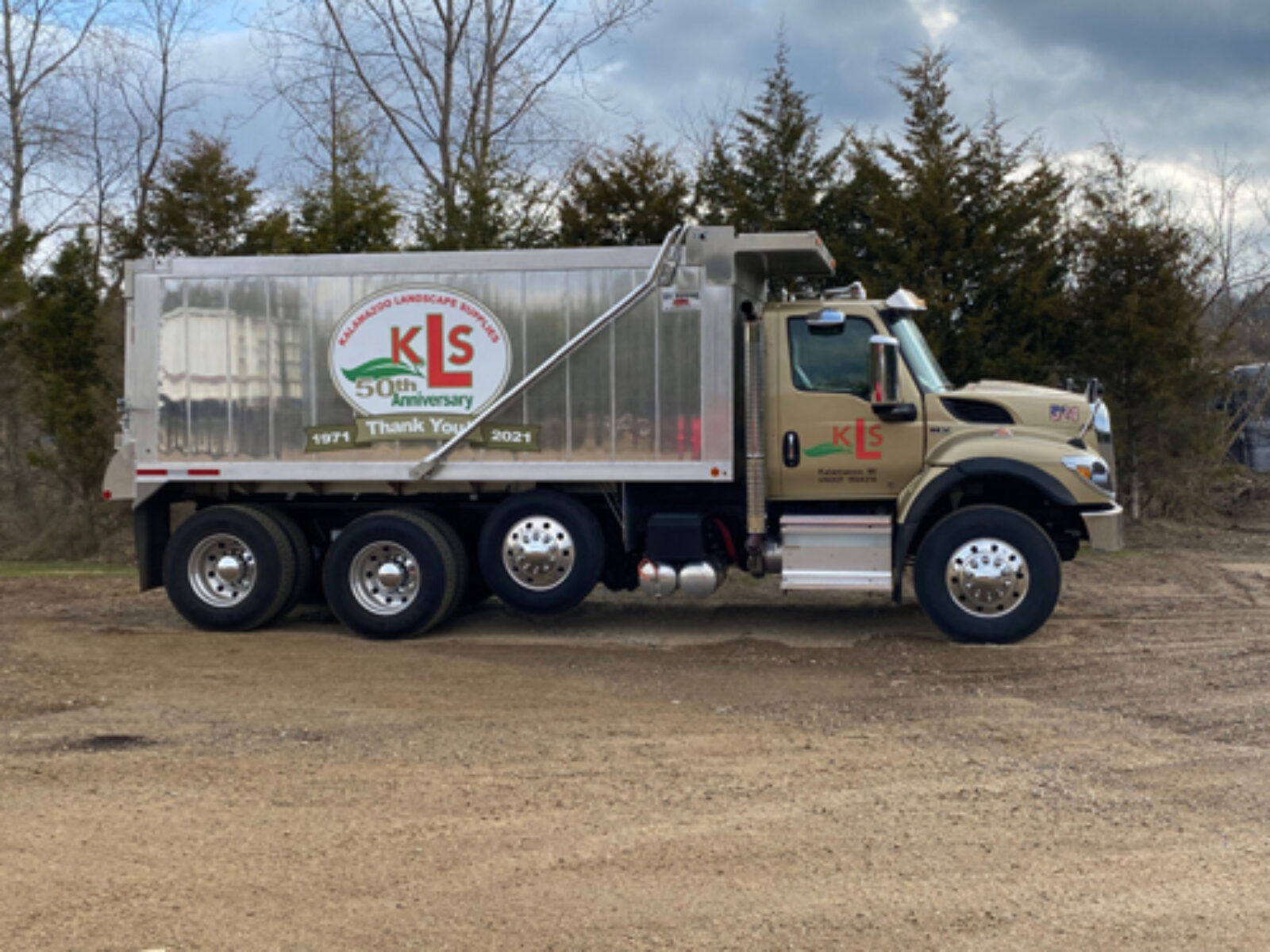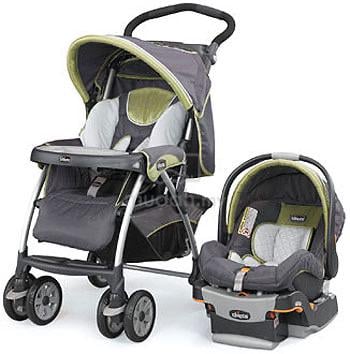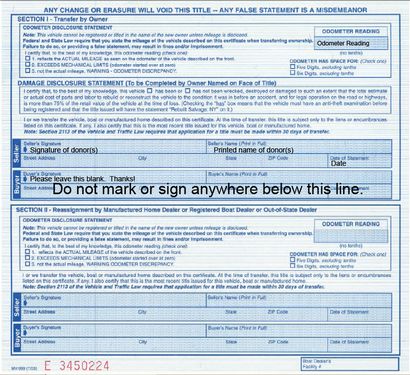How Many Yards In A Dumptruck Load? Your Comprehensive Guide to Volume and Logistics
How Many Yards In A Dumptruck Load? Your Comprehensive Guide to Volume and Logistics cars.truckstrend.com
Embarking on a landscaping project, a construction endeavor, or simply planning to haul away debris? One of the most common questions that arises, and often causes significant confusion, is: "How many yards are in a dumptruck load?" This seemingly simple query unlocks a world of crucial information vital for accurate budgeting, efficient material ordering, and seamless project execution. Understanding the volume capacity of a dump truck is not just about numbers; it’s about optimizing resources, preventing costly mistakes, and ensuring your project runs smoothly from start to finish.
In this comprehensive guide, we’ll demystify the concept of cubic yards in relation to dump trucks, explore the myriad factors that influence a truck’s capacity, provide practical advice for calculating your material needs, and arm you with the knowledge to make informed decisions for your next bulk material delivery or removal.
How Many Yards In A Dumptruck Load? Your Comprehensive Guide to Volume and Logistics
Understanding Cubic Yards: The Universal Measure for Bulk Materials
Before we delve into dump truck capacities, let’s clarify the fundamental unit of measurement: the cubic yard.
A cubic yard is a standard unit of volume, representing a cube that measures one yard (or three feet) in length, one yard (or three feet) in width, and one yard (or three feet) in height. Therefore, one cubic yard is equivalent to 27 cubic feet (3 ft x 3 ft x 3 ft = 27 cu ft).
This unit is universally adopted for measuring and pricing bulk materials such as:
- Topsoil
- Mulch
- Gravel
- Sand
- Compost
- Decorative stone
- Dirt/fill material
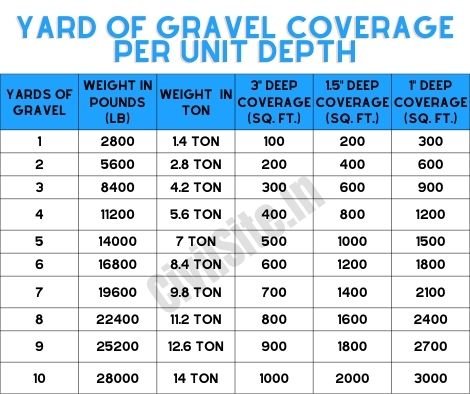
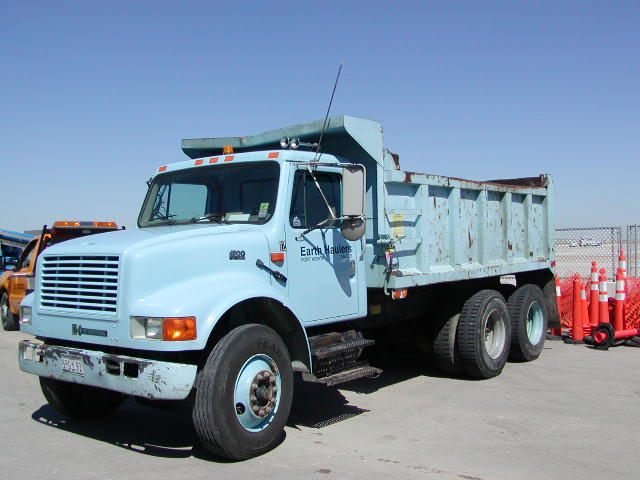
While some heavy materials like crushed concrete or large rocks might also be sold by the ton (due to weight restrictions), the cubic yard remains the primary volumetric measure for ordering and understanding how much space a material will occupy. Knowing this unit is the first step in accurately estimating your project’s material requirements and communicating effectively with suppliers.
Factors Influencing How Many Yards A Dump Truck Can Hold
The number of cubic yards a dump truck can carry is not a fixed number. It’s a variable influenced by several critical factors, primarily revolving around the truck’s design, legal limitations, and the characteristics of the material being transported.
1. Dump Truck Size and Type
Dump trucks come in a variety of sizes and configurations, each designed for different capacities and purposes:

- Small/Light-Duty Dump Trucks (e.g., modified pickup trucks, single-axle light-duty): These are typically converted consumer trucks or smaller commercial vehicles.
- Capacity: 2 to 6 cubic yards.
- Use: Ideal for small residential projects, hauling light debris, or small material deliveries where access is limited.
- Standard Single Axle Dump Trucks: A common sight for local deliveries and smaller jobs.
- Capacity: 5 to 8 cubic yards.
- Use: Suitable for medium-sized landscaping projects, hauling away brush, or delivering a few yards of gravel.
- Tandem Axle Dump Trucks (The Workhorse): This is arguably the most common type of dump truck seen in residential and commercial construction. It has two rear axles for better weight distribution and increased capacity.
- Capacity: 10 to 16 cubic yards.
- Use: Perfect for most residential driveway projects, significant landscaping work, or medium-scale commercial material transport.
- Tri-Axle Dump Trucks: Featuring three rear axles, these trucks offer even greater load-bearing capabilities.
- Capacity: 15 to 22 cubic yards.
- Use: Employed for larger construction projects, substantial material hauling, and situations requiring fewer trips for large quantities.
- Semi-Trailer Dump Trucks (End Dumps, Belly Dumps): These consist of a tractor unit pulling a large trailer designed for bulk material transport.
- End Dumps: The trailer lifts at the front to dump material out the back.
- Capacity: 20 to 30+ cubic yards.
- Use: Large-scale commercial and civil engineering projects, long-haul transport of aggregates.
- Belly Dumps (Bottom Dumps): Material is released from the bottom of the trailer.
- Capacity: 20 to 35+ cubic yards.
- Use: Ideal for laying down material in a continuous line, such as for road base, often used for very large volumes.
- End Dumps: The trailer lifts at the front to dump material out the back.
- Articulated/Off-Road Dump Trucks: Designed for rough terrain and heavy-duty applications, often found on large construction sites, mines, and quarries.
- Capacity: 20 to 40+ cubic yards (and even larger specialized models).
- Use: Moving massive quantities of earth, rock, or aggregate over challenging landscapes.
2. Material Density and Weight Limits
While a dump truck’s bed has a certain volumetric capacity (e.g., 14 cubic yards), it cannot always be filled to that capacity if the material is very dense and heavy. This is where weight limits come into play.
- Light Materials (e.g., Mulch, Wood Chips, Topsoil): These materials are relatively light per cubic yard. A dump truck can often fill its bed to its full volumetric capacity without exceeding legal weight limits.
- Heavy Materials (e.g., Gravel, Sand, Crushed Stone, Concrete): These materials are significantly denser. A truck might hit its maximum legal weight limit (Gross Vehicle Weight Rating – GVWR, and individual axle weight limits) before its bed is physically full. For example, a truck with a 14-yard bed might only be able to carry 10-12 cubic yards of dense gravel before it’s too heavy.
Trucking companies are legally bound by state and federal regulations regarding maximum allowable weights for their vehicles and axles. Overloading a truck is illegal, dangerous, and can result in significant fines and safety hazards. Therefore, when ordering heavy materials, suppliers often quote by the ton rather than the cubic yard, or they will clearly state the maximum number of cubic yards they can safely and legally transport for that specific heavy material.
3. "Fluff Factor" and Compaction
The way a material is loaded and its natural state can also affect the perceived volume.
- Loose vs. Compacted: A cubic yard of topsoil that has been dug up and loaded loosely will appear to take up more space (have more "fluff") than a cubic yard of compacted dirt.
- Settling: Materials like mulch or soil can settle during transit, reducing their apparent volume upon arrival.
Practical Advice: Calculating Your Material Needs
To avoid over-ordering or, worse, running out of material mid-project, accurate calculation is key.
-
Measure Your Area:
- For rectangular areas: Measure Length (L) x Width (W) x Desired Depth (D). Ensure all measurements are in feet.
- Formula: (L x W x D) / 27 = Total Cubic Yards
- Example: You need to cover a 20 ft x 30 ft area with 4 inches of mulch.
- Convert inches to feet: 4 inches / 12 inches/foot = 0.33 feet
- Calculation: (20 ft x 30 ft x 0.33 ft) / 27 = 198 / 27 = 7.33 cubic yards.
-
Add a Buffer: It’s always wise to add a small percentage (5-10%) to your calculated total to account for:
- Settling during transport.
- Slightly uneven spreading.
- Minor measurement inaccuracies.
- Future touch-ups or small additions.
- For the example above, 7.33 yards + 10% (0.73 yards) = approximately 8.06 cubic yards. Round up to 8.5 or 9 yards.
-
Consult Your Supplier: Once you have your estimated cubic yardage, contact your material supplier. They can advise you on:
- Their truck sizes and the maximum cubic yards they can deliver for your specific material.
- Whether they quote by cubic yard or ton for your chosen material.
- Any delivery fees or minimum order requirements.
- Potential access issues for larger trucks on your property.
Benefits of Knowing Dump Truck Capacities
Understanding how many yards a dump truck holds empowers you in several ways:
- Accurate Budgeting: Knowing the volume helps you get precise quotes and control project costs.
- Efficient Project Planning: You can schedule fewer deliveries, reducing waiting times and labor costs.
- Reduced Waste: Avoid ordering too much material, which can lead to disposal costs or wasted resources.
- Ensuring Sufficient Material: Prevent project delays caused by under-ordering and needing to wait for another delivery.
- Better Communication: Speak confidently with suppliers, ensuring you get exactly what you need.
- Safety: Understanding weight limits helps ensure materials are transported safely and legally.
Challenges and Solutions
Even with good planning, challenges can arise.
- Challenge: Inconsistent "Yard" Definitions. Sometimes, a "yard" might informally refer to a smaller quantity.
- Solution: Always confirm you are discussing a "cubic yard" (27 cubic feet) with your supplier.
- Challenge: Material Settling During Transit. Materials like mulch or compost can compact.
- Solution: Order a small buffer (5-10% extra) to compensate.
- Challenge: Limited Access for Large Trucks. Driveways or access roads might be too narrow or weak for large, heavy trucks.
- Solution: Discuss access limitations with your supplier beforehand. They may recommend smaller trucks (requiring multiple loads) or suggest alternative delivery points.
- Challenge: Quoting by Ton vs. Cubic Yard. Especially for dense materials like gravel or sand, suppliers often quote by weight.
- Solution: Ask the supplier for the conversion factor (e.g., "How many tons is a cubic yard of your gravel?"). This helps you compare prices and understand how much you’re getting. A common estimate for gravel is ~1.4 tons per cubic yard, but this varies.
Estimated Dump Truck Capacities and Typical Costs
It’s important to note that material costs and delivery fees vary widely based on location, supplier, material type, and quantity. The prices below are estimates only for the material itself, excluding delivery which can add $50-$250+ per load. Always get specific quotes for your area.
| Truck Type / Axles | Typical Cubic Yard Capacity (Volume) | Common Materials Transported | Considerations for Heavy Materials | Estimated Material Cost Range (per cubic yard) * |
|---|
